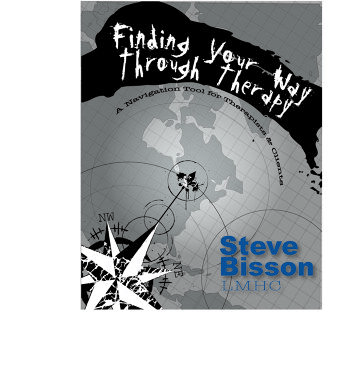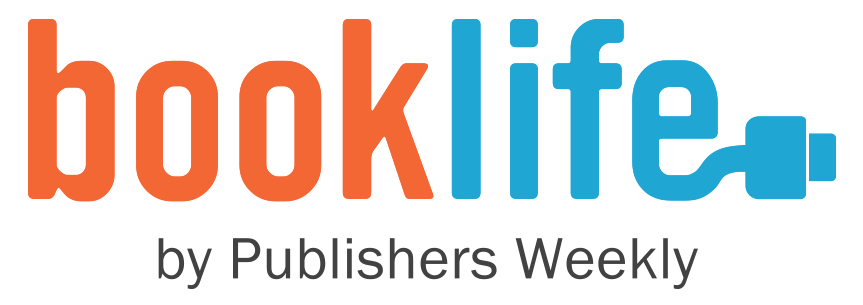
Finding Your Way Through Therapy by Steve Bisson is a book that seeks to equip therapists and their clients with the tools to get the desired results from therapy. The author, an experienced therapist, has been praised by his colleagues and clients for his unique style. Hence, he intends to share his methods through this book.
After over seventeen years of being a therapist, the author has worked with clients of different classes like first responders, inmates, veterans, addicts, and those with trauma issues. He also runs a private therapy firm known as Straight To The Point Therapy. In this book, the author promotes the need for an understanding relationship between the therapist and the client so as to achieve the desired goal.
Firstly, I appreciate that the author didn't refer to his methods as the best. He only intends to share the approach that has been working for him. More so, I like that he includes what clients should know and the roles they must play to get the best out of therapy. Hence, what I like most about this book is its relevance. The author's work in this title is praiseworthy! For an aspect of life as delicate as mental health, I commend the author for using his experience to provide invaluable insights into therapy. And since we can't tell if we would require to see a therapist in the future, I believe that the book would be beneficial to all readers.
Furthermore, the author's methods are easy to understand. His explanations are clear and devoid of too much jargon. Aside from some acronyms that readers may have to do a little research to find their meanings, the text flows seamlessly. Also, the author organizes his thoughts into 11 chapters that break down his style into bits. I enjoyed how each chapter began with a list of keywords to expect because the words helped me concentrate on the salient points therein.
Another aspect of this book I enjoyed was that the author discussed and cited the works of others. And that shows that the book is a product of both his experience and thorough research. As a result, the book could serve as research material for students and their teachers. For example, the author discusses teletherapy, which is a relatively new trend and could be a more convenient approach for some clients in recent times.
In conclusion, I am happy to report that I disliked nothing about the book. It is professionally edited and has only a few errors. Therefore, I am glad to rate Finding Your Way Through Therapy a perfect four out of four stars. I highly recommend this book to therapists, clients, students, and educationists interested in learning more about therapy and getting the best results out of it.


